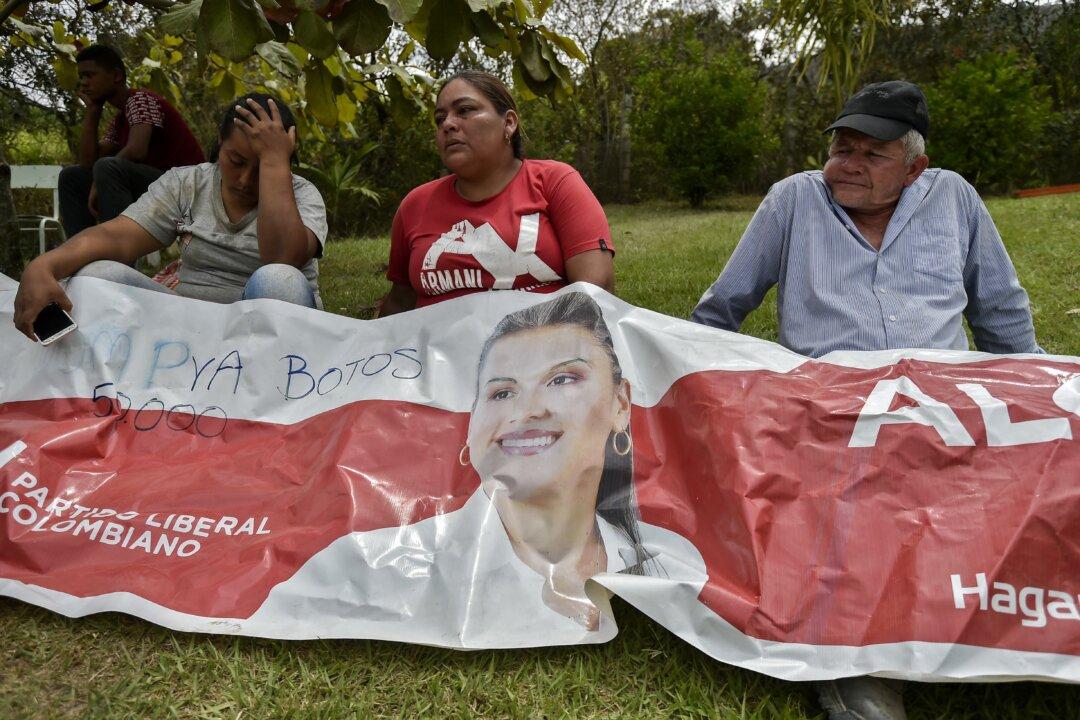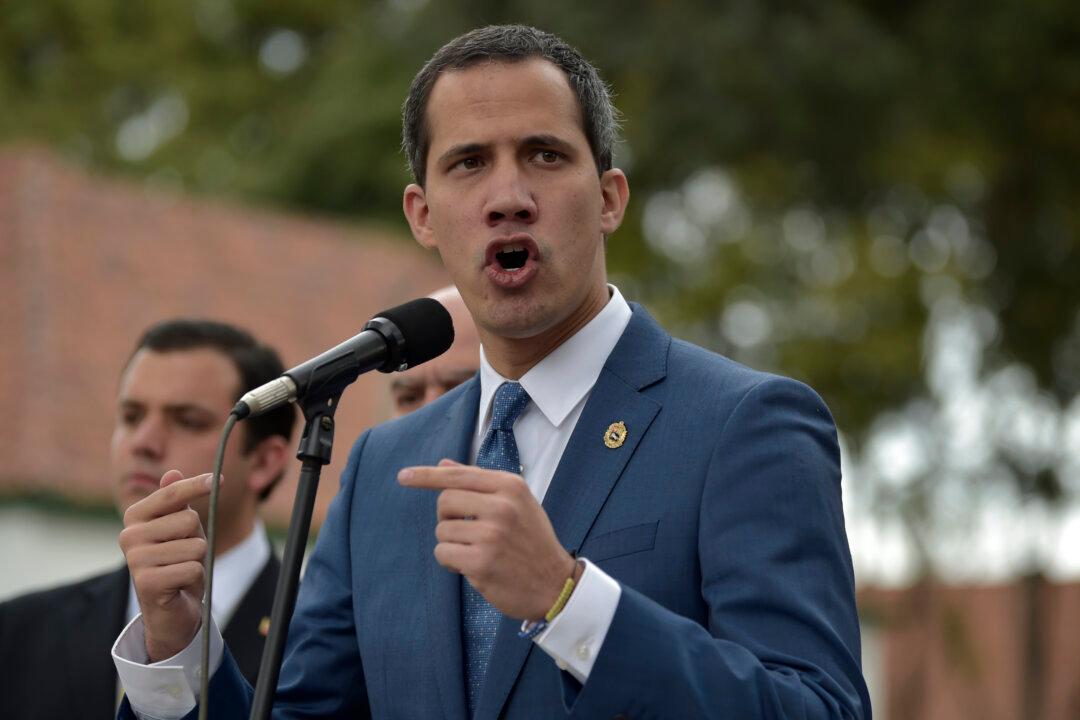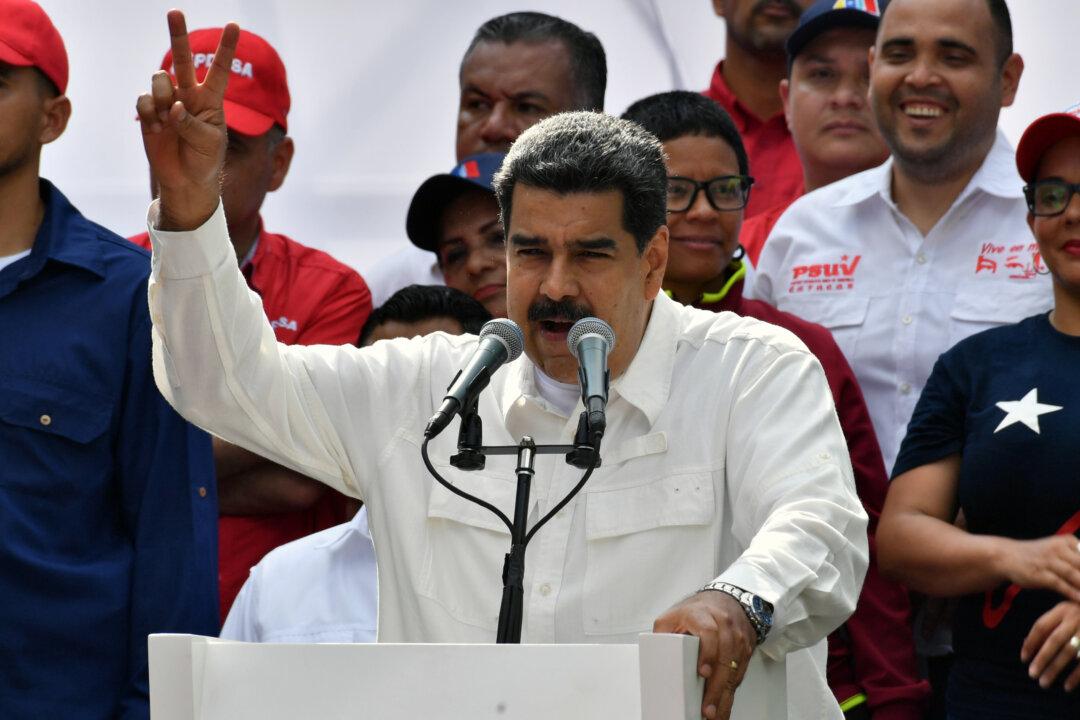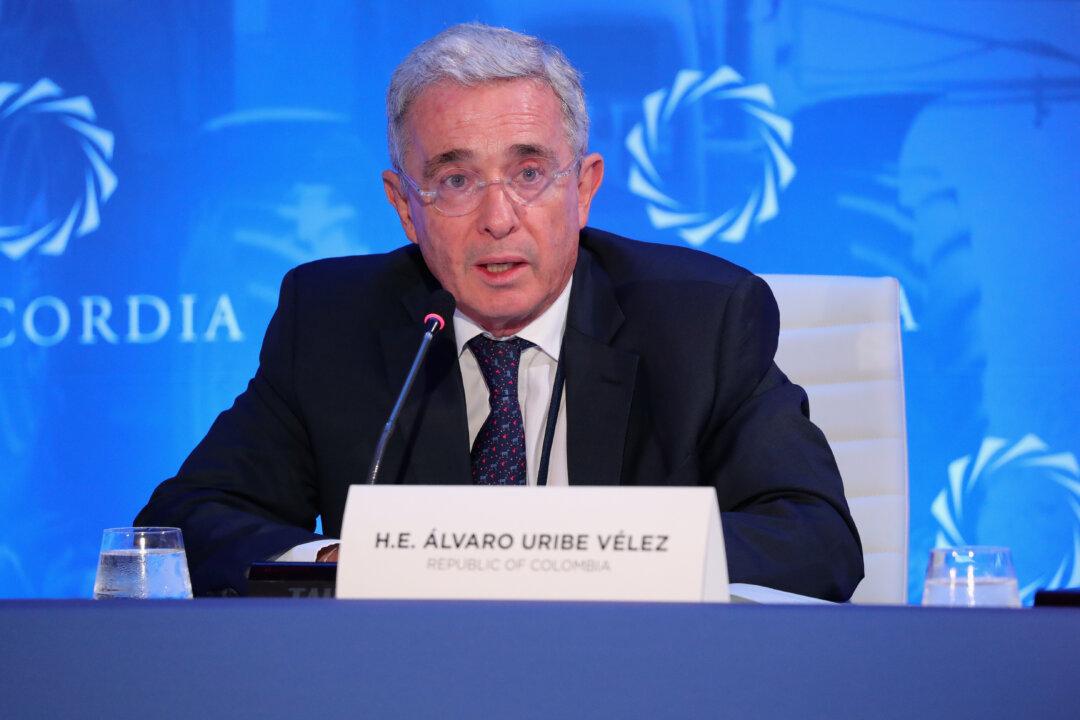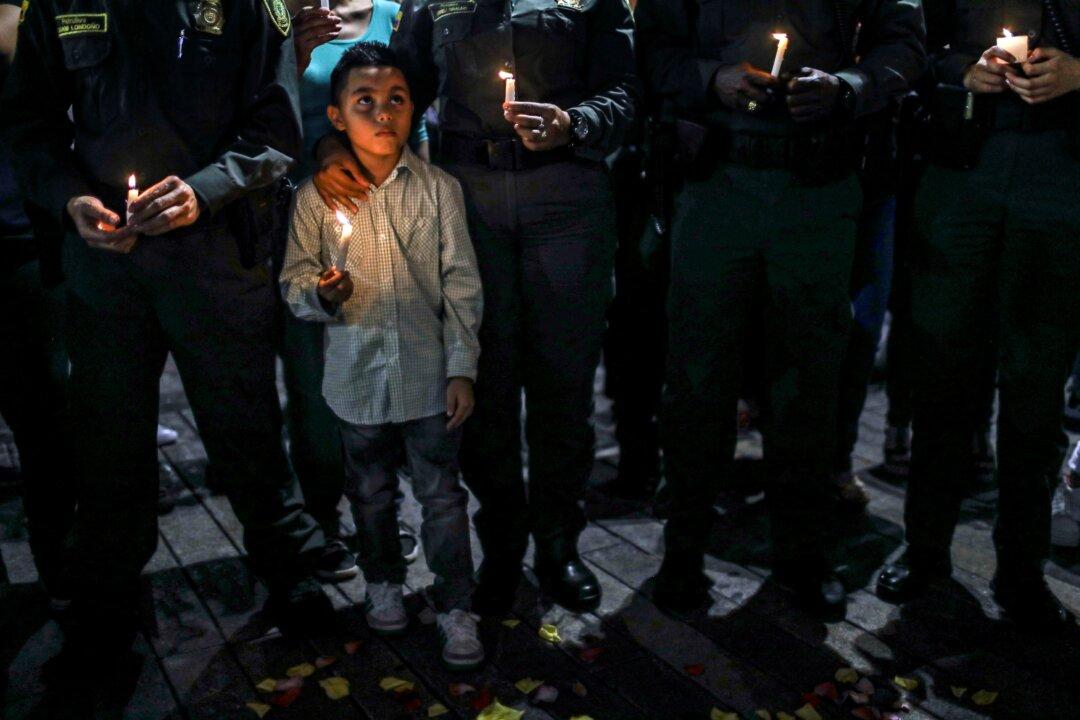BOGOTA, Colombia—A candidate who aspired to become the first female mayor of a municipality in southwestern Colombia, a candidate running for city council, and four others were brutally killed by former members of the Marxist guerrilla group FARC, who refused to disarm during the country’s 2016 peace process, the government has said.
The bodies of mayoral candidate Karina Garcia and the others were found in a car incinerated on the side of the road in the Cauca region on Sept. 1. The assassination, which follows the alarming announcement by two former FARC leaders last week that they would return to war, is the first killing of a candidate during the campaign season for local and regional elections in October.
